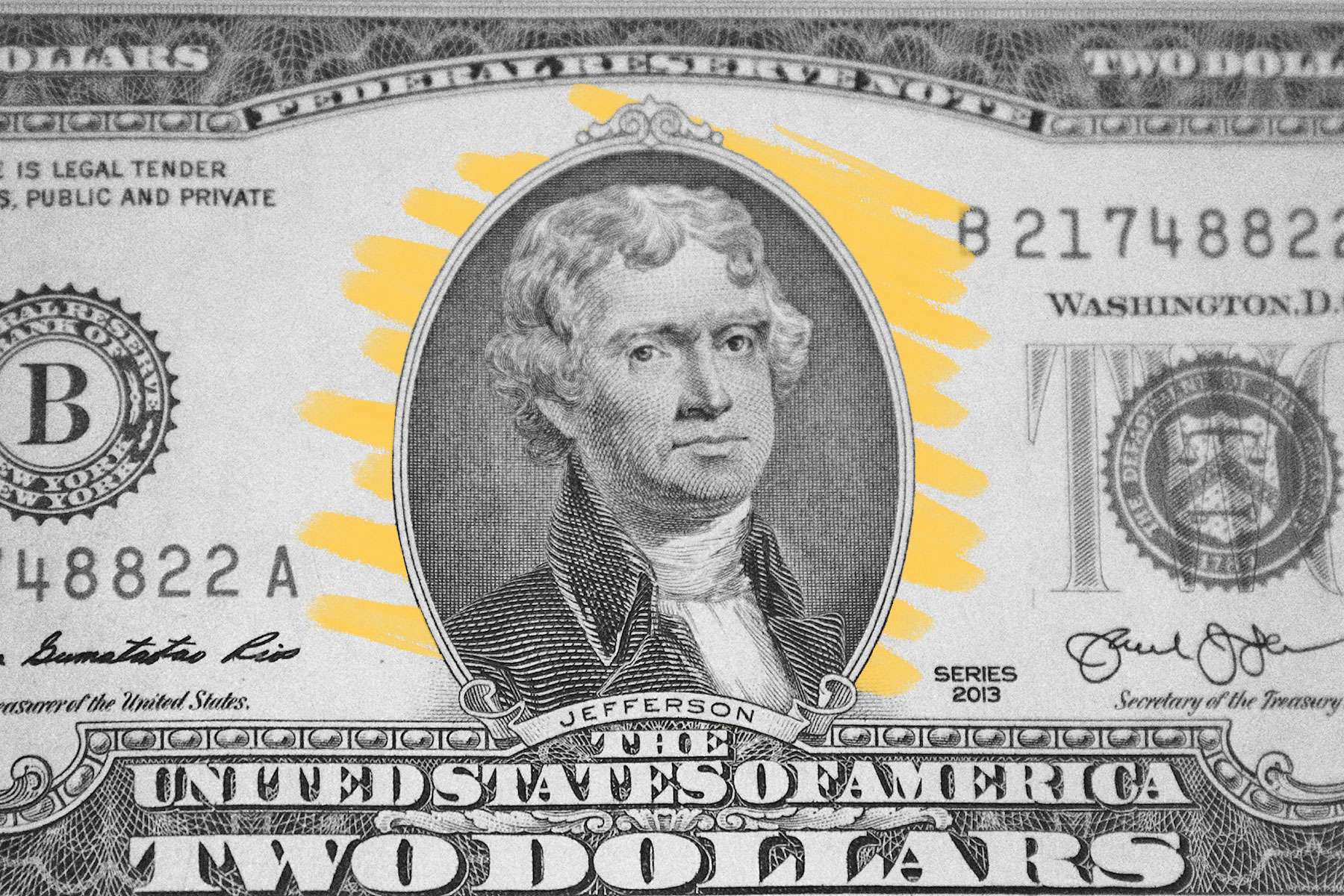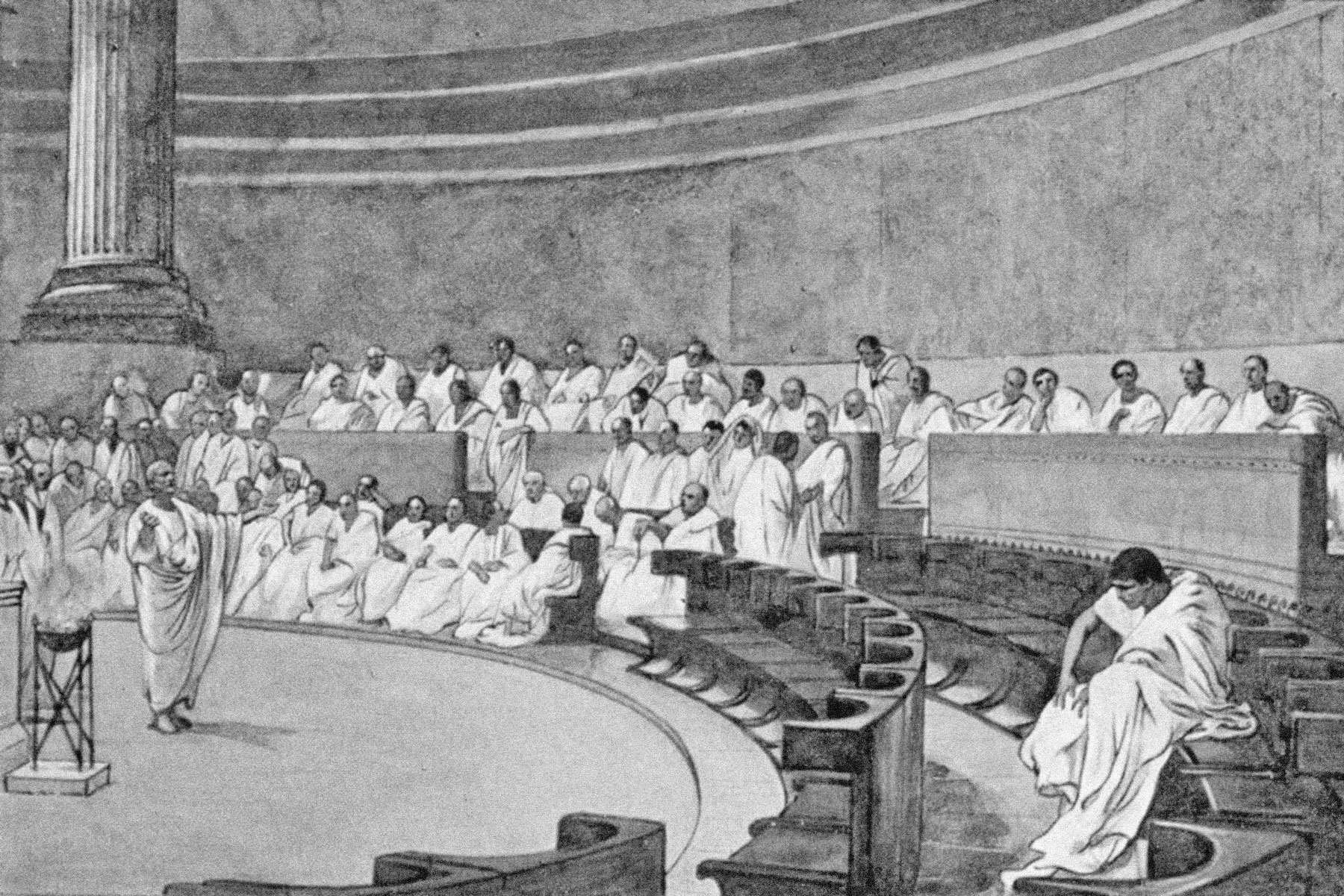 |
$2 bills are older than the United States. |
U.S History |
 |
| |
| The Continental Currency notes not only funded the war, but also symbolized a new nation in defiance of England. Founding father Benjamin Franklin was an early printer of Continentals, which were developed and printed in Franklin's native Philadelphia. He also suggested inspirational sayings for the notes, as seen in one famous $2 bill design from 1776, which includes the motto "Tribulatio Ditat," or "Troubles make us stronger." That particular bill design features an image of grain being separated from the chaff. Franklin also devised a way to fight counterfeit bills by producing notes with raised patterns cast from actual leaves from trees. | |
| The $2 bill looks very different today. The modern version was first printed in 1862 and featured a portrait of Alexander Hamilton, who established the First Bank of the United States in 1791 and served as the first U.S. Treasury secretary. Since 1869, the $2 bill has featured a portrait of the third U.S. President, Thomas Jefferson. On the reverse side is a print of John Trumbull's painting "Declaration of Independence," which depicts the Founding Fathers presenting a draft of the historic document to Congress. | |
 | |
 | |||||||||
By the Numbers | |||||||||
| |||||||||
| |||||||||
 | |||||||||
| |||||||||
A small town printed wooden money during the Depression. | |||||||||
| In December 1931, amid the Great Depression, the Citizens Bank of Tenino in Washington state ran out of money, and it was the only bank in town. This was a common occurrence throughout the country, and many towns and cities printed scrip notes or IOUs so that residents could purchase necessities. Local Tenino newspaper publisher Don Major suggested a new type of temporary scrip that residents could use to buy things in town until the economy recovered: wooden money. It was made from slices of spruce — an appropriate material for a Pacific Northwest logging town — that were only one-eightieth of an inch thick and laminated. The city council approved the plan, and the bills were printed in denominations of 25 cents, 50 cents, and $1. It turned out to be a successful publicity stunt. Over the next few years, $10,000 worth of wooden bills were sold, and apparently, only about $40 of that was ever redeemed (wealthy collectors bought most of them), leaving the town with a significant profit. The peculiar wooden currency is alive and well today; Tenino prints souvenir and commemorative wooden bills, and more than a dozen local businesses still accept the novelty bills as currency. | |||||||||
 | |||
Recommended Reading | |||
 | |||
| | |||
 | |||
| | |||
| + Load more | |||
|





No comments:
Post a Comment